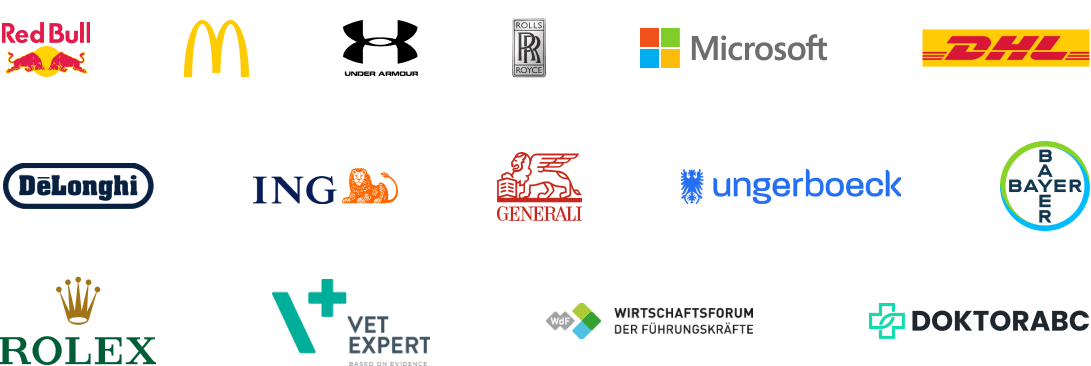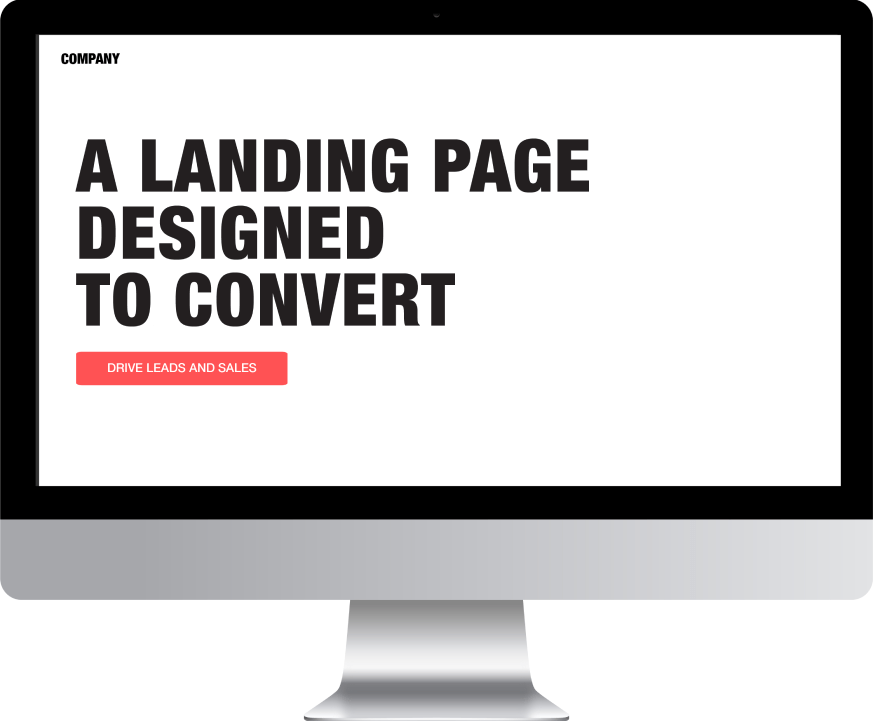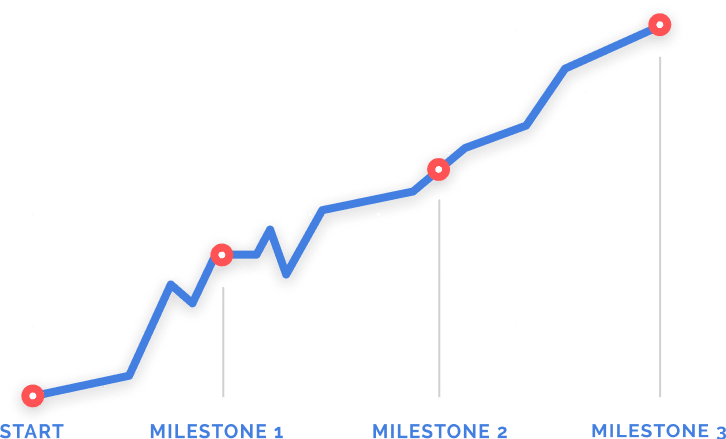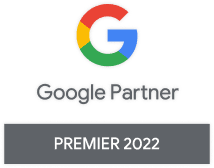From start-ups to Fortune 500 companies, we work with brands to grow their revenue.


Maximize conversions with high-impact landing page design

Your website is one of your most valuable marketing tools. It’s the first point of contact with potential customers, and it’s where you showcase your brand, products, and services. But if you’re not seeing the results you want, it might be time to take a closer look at your landing page. A high-impact landing page design is critical to converting visitors into customers, and ultimately boosting your bottom line.
A well-designed, carefully curated landing page grabs attention, builds trust, and guides visitors to take desired action. It’s not just about having an attractive layout or eye-catching graphics. It’s about crafting a seamless user experience that anticipates visitors’ needs and addresses their pain points. Focusing on the needs of your target audience, a high-impact landing page design can help you drive more conversions, whether that’s making a purchase, filling out a form, or subscribing to your next newsletter!
At First Page, our team of digital marketing experts specializes in creating custom landing pages that drive results. We know what works and what doesn’t, and we’re constantly testing and refining our approach to ensure the highest possible conversion rates. So, if you’re ready to take your website to the next level and start seeing real results, we’re ready to work alongside your business.





)
)














